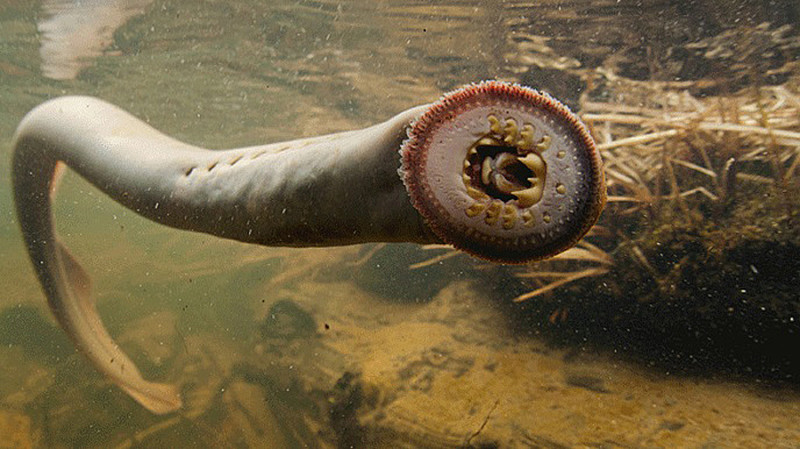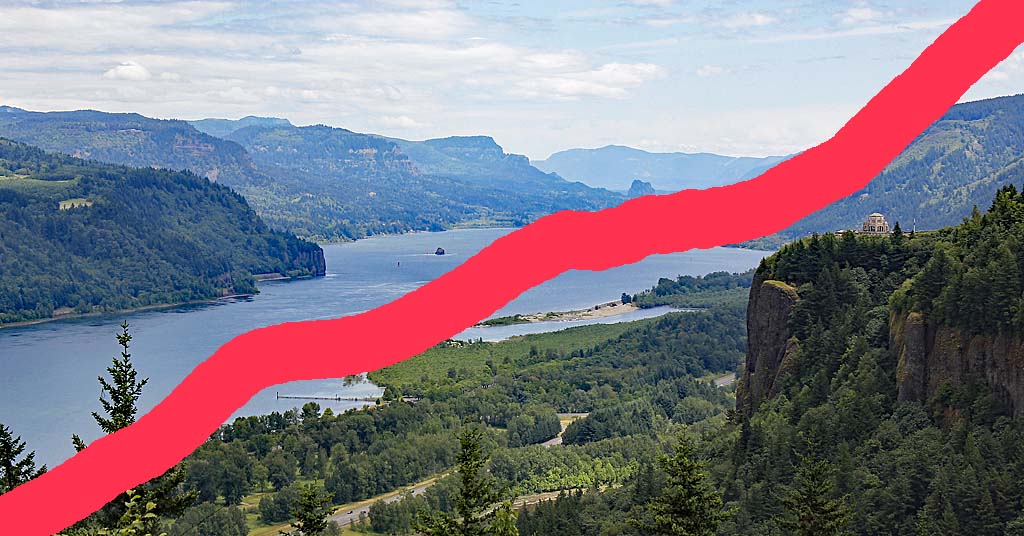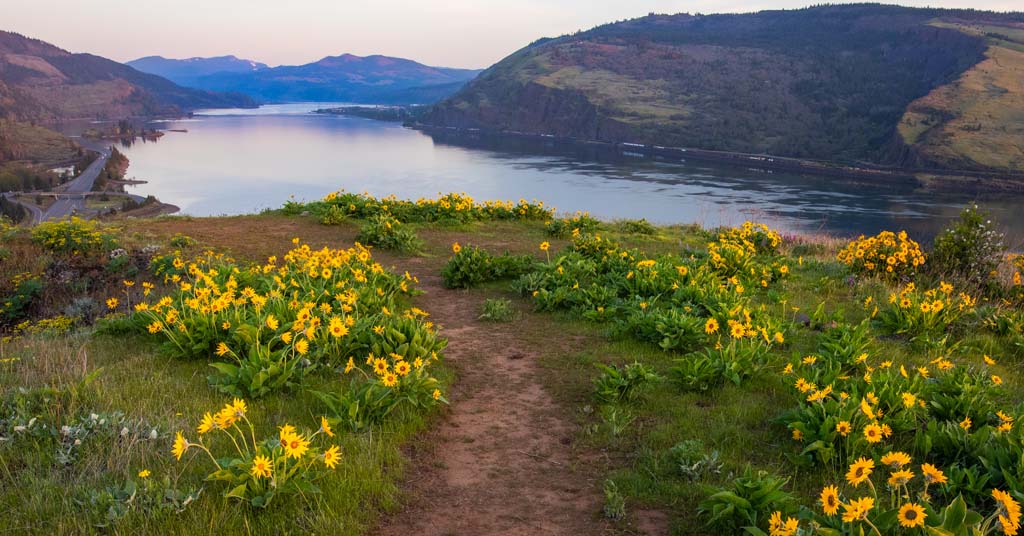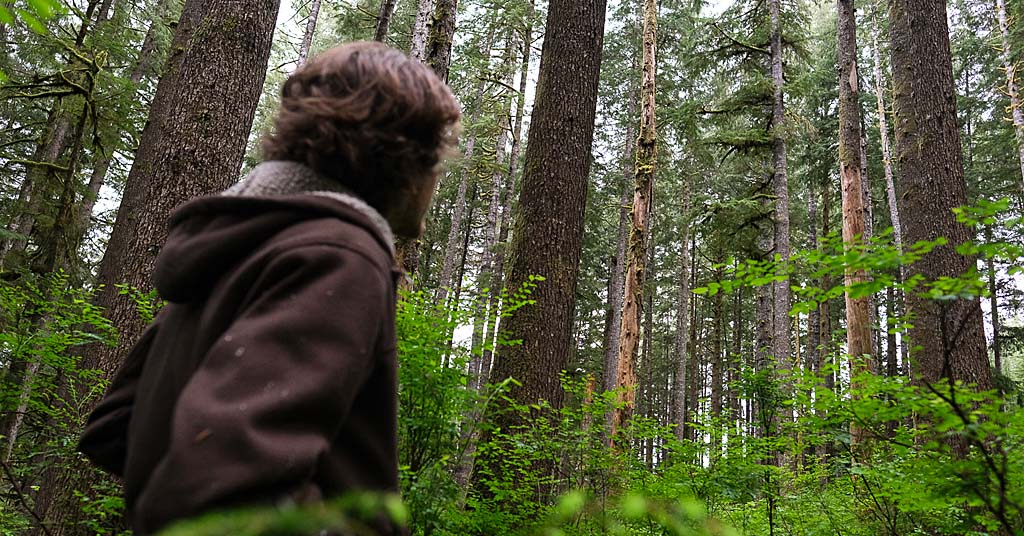 By Susan Hess. June 21, 2018. A lot of interesting information exchange goes on in our articles’ Comments section. That exchange or dialogue is a key part of what we?re trying to inspire at Envirogorge. We thought some of you might have missed them, so this week we pulled a selection. Hope you’ll join the discussions.
By Susan Hess. June 21, 2018. A lot of interesting information exchange goes on in our articles’ Comments section. That exchange or dialogue is a key part of what we?re trying to inspire at Envirogorge. We thought some of you might have missed them, so this week we pulled a selection. Hope you’ll join the discussions.
(And…happy first day of summer.)
Proposal to allow Mountain Bikes in Wilderness
A crowd draws a crowd, and you are all on the wrong side of this. Wilderness needs more protectors, and mountain bikers are conservationists who support the penultimate land protection designation, but not at their expense. Historical documentation proves bicycling and other human powered activities were never meant to be prohibited from these lands, despite what the extremist Wilderness Watch feeds you. Open your minds. Wilderness will be better for it.—-J. Muir
I believe that the legislating of human powered bicycle use in National Wilderness Areas can be rationally discussed, but only with an agreed upon definition of Wilderness. This is necessary, of course given the simple fact that many individual’s or group’s (‘crowd’s’) definitions of Wilderness Areas may evidence marked variability.
In general, many human associations in the USA have deferred to the Wilderness Act for this definition as this law defines potential Wilderness Areas (individually approved by acts of Congress) as well as managing parameters for the four federal agencies administering Wilderness Areas. Initially, and perhaps still the U.S. Forest Service oversaw the vast majority of Wilderness Area acreage upon passage of the Wilderness Act in 1964.
For reference: Section 4(c) of the 1964 Wilderness Act states, “[T]here shall be…no use of motor vehicles, motorized equipment or motorboats, no landing of aircraft, no other form of mechanical transport, and no structure or installation within any such area.” (emphasis added). Congress also stated, in Section 2(a) of the Wilderness Act, that the purpose of the Act was, in part, to protect these areas from “expanding settlement and growing mechanization,….” (emphasis added)
Fortunately for Wilderness Areas and their dependent biota today and tomorrow, human permit/quota systems will of necessity come to pass administratively in many to most Wilderness Areas. Note: they are currently being developed for five Wildernesses in the Oregon Cascades. This Wilderness management effort is essential to minimizing homo sapien?s increasing impact on these uniquely wilder ecosystems for the well-being of all.
—-Paul Moyer, White Salmon, WA.
Camping at Owl Creek Pass
What a lovely portrait not only of Owl Creek, but even more so of a loving family and the gifts we can pass on to our kids by letting them share in our memories.—-K.M. KOwalski
I could picture the trailhead and the Sawtooth Wilderness Area where I backpacked in many an autumn and woke up to the silence of the first snow and knew it was time to start back to the town and a job I had escaped for a time. Time when you could find pure water and the goats were not very afraid of you; when you could be alone..—-Marilyn Sirois
Weyerhaeuser logging in Scenic Area Raises Concerns
Thank you for giving an excellent summary of the facts and what’s been reported in the news. But there’s more to the story. I recently photographed the area of planned clear cuts the best I could without trespassing. It’s a forest after all, and as you know I’ve been documenting my love of forested areas for a long time now. My brother Darvel and I hiked the mile-long stretch of the historic Mark O. Hatfield Trail; and we also bushwhacked through the poison-oak woodlands above and below it.
Our intent was to ground truth in the areas that would be most adversely impacted by the Weyerhaeuser project. To our surprise and wonderment, the dense forest harbors impressive old-growth trees. We measured some ponderosa pine and Douglas fir at more than four feet in diameter (DBH). Thus, we found a remarkable forest that few people give a second thought. We now know that the historic trail and the forest it passes through are irreplaceable treasures of the eastern Gorge. They must be protected at all costs. It’s the least that both private companies and public agencies can do for future generations.—-Darryl Lloyd
Nobody, Anybody & Everybody
What a great poem for a very worrisome problem. Thank you for bringing attention to this problem in such a faraway place, but yet are still our neighbors on this planet.—-Nancy Webb
To Spill or Not to Spill
Better than removing the dams as some have proposed. It does not mention that it often releases water at this time due to high water as such is happening in eastern Washington state. We have to ameliorate the impact of human activity on the environment, and this is part of it. DIfficulty comes when we have a low snow pack and then have to release water for the salmon. Is it possible to to measure downstream swim and release water in close approximation to that time? Water temperature is another issue that releasing more water will help the smolts to deal with, as well as the spring up river runs.—-Judy Nelson
Trout Lake Organic Dairy, a Family Affair
Such an interesting story! I have known about the Pearsons for years because I work for the vet who used to call on Monte. I remember that antibiotics were definitely not the routine, used only when truly needed. We will have to make an effort to stop by to meet these good people. Those eggs sure look good, too! —-Maria Kollas
This is such an amazing story. I live in the west end of the gorge and love it! So nice to read about people who are interested in organic products.—-Judy Wiley
The Pearsons are amazing people. We are new to the community and they have welcomed us with open arms. Plus, we enjoy picking up our milk and eggs from their farm, so delicious.—-Shelly
Behind the scenes at the Bingen-White Salmon
Wastewater Treatment Plant
Editor’s Note: A discussion about whether bacteria or bacterium or bacterias is plural form ended with this wonderful poem from John Smith, whose posts on his blog Good Blood, Bad Blood provide a great start to the day.
There once was a lonely bacterium,
Who wandered the sludgy mysterium.
He then joined a gang with diphtheria
And we now know him as bacteria
—-John E. Smith












For those still thinking of Quercus alba. Mayer State Park on the way to The Dalles has a beautiful grove and mostly mixed age. And it shows how they grow in a plentiful water habitat.